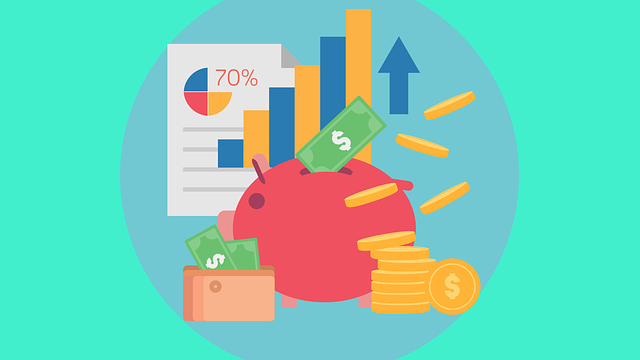There are a variety of metrics you can use to analyze your business’s health. Monitoring operational expenses, for example, gives you a better understanding of how much money your business spends on regular, ongoing expenses like payroll, marketing, utilities and lease. One of the most important financial metrics for your business or investment is ROI. Today we’ll take a closer look at what is ROI and why it’s a vital calculation.
What Is ROI?
 Overview of ROI
Overview of ROI
An acronym for “return on investment,” ROI refers to the difference between net profit and cost for an investment. You can have either a positive ROI, meaning that you earned more money than what you spend, or you can have a negative ROI, meaning that you spent more money than what you earned.
It’s obviously in your business’s best interest to create and optimize your investment projects to achieve a positive ROI. Otherwise, you won’t be able to sustain, and they’ll continue to drain your business’s financial resources.
How to Calculate ROI
ROI is calculated by taking the total money earned by an investment and dividing it by the total amount of money spent on the investment. You must then multiply this number by 100. If a real estate investment project earned you $200,000 in revenue and you only spent $100,000 on it, you’d have an ROI of 200% ($200,000 / $100,000 x 100 = 200).
You can calculate ROI for any business activity that costs money and is performed with the intention of making money. Whether it’s launching a new advertising campaign or developing a new product, all investment projects have an ROI. And by taking the time to calculate the ROI of your investment projects, you’ll make smarter decisions with your business’s money.
What’s a Normal ROI?
 There’s no such thing as a normal ROI. Different investment vehicles have different ROIs. And the way in which you pursue these investments will also affect their ROI.
There’s no such thing as a normal ROI. Different investment vehicles have different ROIs. And the way in which you pursue these investments will also affect their ROI.
Mutual funds, for instance, typically have an ROI of about 10% to 14%. Flipping real estate, on the other hand, offers ROIs of 20% to 50% — sometimes even higher.
Monitoring the ROI of your investment projects is important because it reveals whether or not the project was worth the money. If you spent more money on a project than what it earned — this is a negative ROI — you should consider cancelling the project and choosing a different investment venture.
This article was brought to you by�Intrepid Private Capital�Group�� A Global Financial Services Company. For more information on startup and business funding, or to complete a funding application, please visit our�website.









Your commitment to providing evidence-based information is commendable. It’s refreshing to find a blog that prioritizes accuracy and credibility.